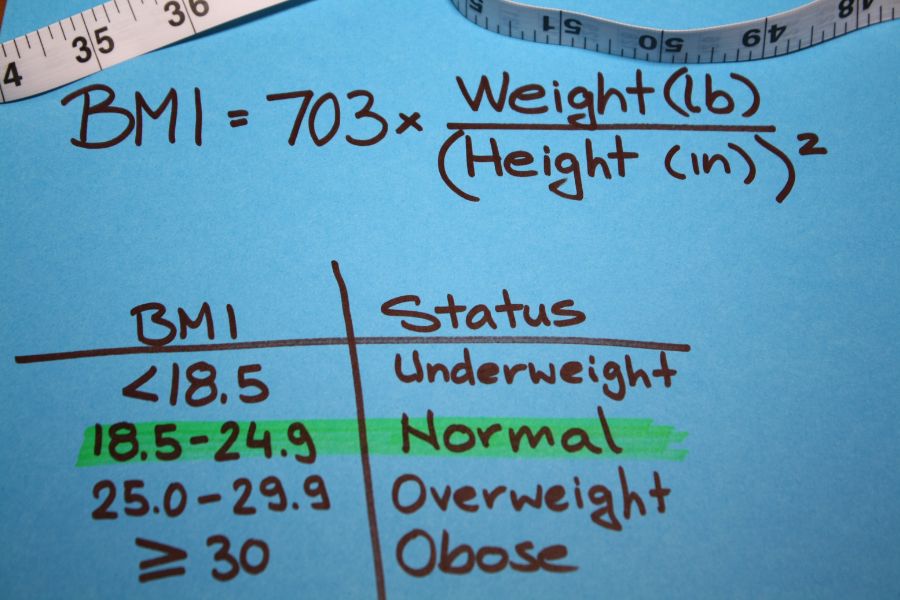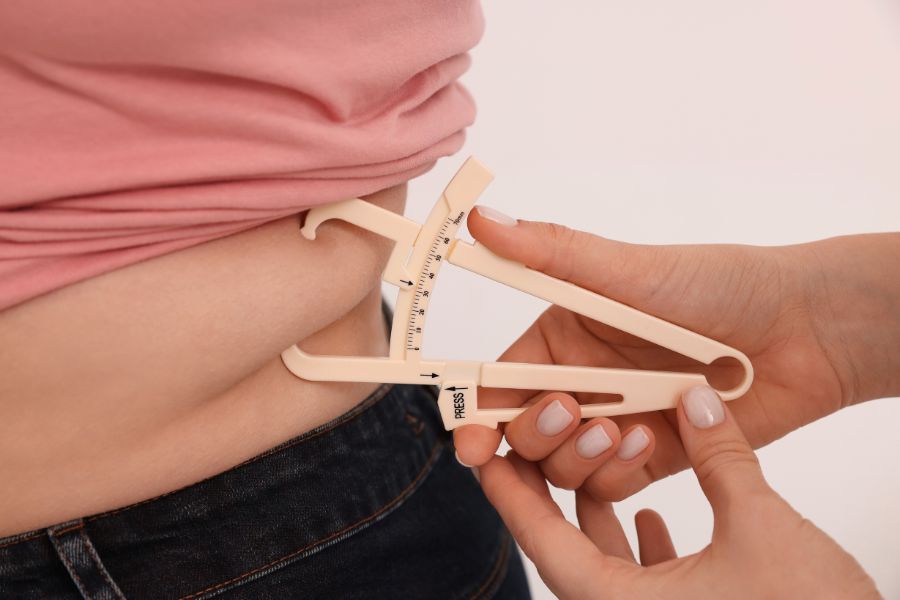When it comes to understanding your health, there are several numbers you might hear about: weight, height, BMI, body fat percentage.
But what do these numbers actually mean, and which ones should you pay the most attention to?
BMI, or Body Mass Index, is one of the most common measurements people use to assess if they’re at a healthy weight.
However, body composition can offer a much more complete picture of your overall health.
What Is BMI?

BMI stands for Body Mass Index, and it’s a quick and simple calculation based on your weight and height. Here’s how it works:
BMI = Weight (kg) / Height (m)²Once you have your BMI number, you can compare it to standard categories:
- Below 18.5: Underweight
- 18.5 to 24.9: Normal weight
- 25.0 to 29.9: Overweight
- 30.0 and above: Obese
BMI has been used for decades as a tool to gauge where someone stands in terms of their weight for their height.
It’s often used by doctors and health professionals to quickly assess if a person is at risk for weight-related health issues like heart disease, diabetes, and high blood pressure.
What Is Body Composition?

Body composition, on the other hand, looks at the different components that make up your body.
Instead of just considering your weight in relation to your height, it breaks things down into:
- Lean Mass: Your muscle, bones, water, and organs.
- Fat Mass: The total fat tissue in your body.
Body composition focuses on the ratio between fat mass and lean mass, which can tell you a lot more about your fitness level and health than BMI.
For example, someone with a high percentage of muscle and low body fat could weigh the same as someone with higher fat and lower muscle, but their health and body composition would be very different.
The Big Differences Between BMI and Body Composition

While BMI is useful for giving a general idea of where you stand, it doesn’t paint the whole picture.
Here’s why body composition can be a better measurement:
1. BMI Doesn’t Distinguish Between Muscle and Fat
One of the biggest downsides of BMI is that it doesn’t account for muscle.
If you’re an athlete or someone who works out regularly, you may have a high BMI because muscle weighs more than fat. But that doesn’t mean you’re unhealthy.
In fact, having more muscle can actually lower your risk of health problems, even if your BMI is on the higher side.
For example, two people could both have a BMI of 27 (considered “overweight”), but one might have a high muscle mass and low body fat, while the other might have a higher percentage of fat and lower muscle mass.
According to BMI alone, they’re both “overweight,” but their overall health is likely very different.
2. Body Composition Looks at Fat Distribution
Not all fat is created equal.
Fat stored around your midsection (called visceral fat) is more dangerous than fat stored elsewhere, like around your thighs or hips.
Visceral fat can increase your risk of diseases like diabetes, heart disease, and even some cancers.
BMI can’t tell you where your body fat is stored—it just gives you a general idea of how much you weigh relative to your height.
On the other hand, body composition measurements can give you a better idea of how much body fat you have and where it’s stored, giving you more insight into potential health risks.
3. BMI Doesn’t Consider Age or Gender
BMI uses the same formula for everyone, regardless of age or gender.
This is a problem because men and women naturally have different body compositions.
Women, for example, tend to have more body fat than men, and that’s perfectly normal.
Age also plays a role—our bodies naturally change as we get older.
We tend to lose muscle mass and gain fat as we age, but BMI doesn’t adjust for these differences.
Body composition analysis, however, takes a more personalized approach, giving you a better understanding of your individual health.
How to Measure Body Composition

So, how do you accurately measure body composition?
There are several methods, ranging from simple tools to more advanced technologies:
- Skinfold Measurements: Using calipers, a professional can measure the thickness of your skin in different areas to estimate body fat percentage.
- Bioelectrical Impedance (BIA): Many modern scales use BIA technology, which sends a small electrical current through the body to estimate body fat and muscle percentage. While not always 100% accurate, it’s a convenient way to track changes over time.
- Dual-Energy X-ray Absorptiometry (DEXA): This is one of the most accurate methods for measuring body composition. DEXA scans use low-level X-rays to measure fat, muscle, and bone density.
- Hydrostatic Weighing: Often considered the “gold standard” for measuring body composition, this method involves being submerged in water to measure body density. However, it’s not very practical for everyday use due to the equipment needed.
Which Should You Use?
Both BMI and body composition can be useful tools, but they serve different purposes.
BMI is great for giving a quick, general idea of where you stand in terms of weight for your height.
It’s easy to calculate and widely accepted, but it has its limitations.
On the other hand, body composition offers a more in-depth look at your health.
It gives you a clearer picture of how much fat and muscle you have, where your fat is distributed, and whether you’re at risk for certain health conditions.
If you want a more accurate assessment of your health and fitness, focusing on body composition might be the better option.

Leave a Reply